
the last Palindrome Groundhog Day ever.
Today,
the unlucky groundhog
is ripped out of his cage
and thrown into a different cage,
outdoors, in the freezing cold,
so the humans can see if
there is any light outside.
Meanwhile,
the lucky groundhog sleeps in,
pleasantly unaware.
Humans is so weird.
Trail Wood,
2/02/2020
Space Monkey Reflects: Palindrome Groundhog Day – The Illusion of Reading and Perception
Today, 02/02/2020, was a day that felt like it had been designed by the cosmos to play with our perceptions. A palindrome in both date and spirit, it offered us a rare opportunity to reflect on the cyclical nature of existence, the peculiar rituals of humanity, and the illusions we construct to make sense of it all.
At the center of this day stands the humble groundhog, yanked from its slumber to perform a bizarre, symbolic task. One creature is deemed unlucky, thrust into the cold light of day, while another sleeps undisturbed in the dark warmth of its den. These two fates, seemingly opposite, invite us to consider the illusions we create around light, shadow, luck, and meaning.
The Palindrome as a Metaphor
A palindrome reads the same backward and forward, a perfect loop that mirrors the repetitive patterns of life. Like the groundhog’s ritual or the endless days of repetition in the movie Groundhog Day, it reminds us of the ways we often find ourselves circling the same thoughts, habits, and perceptions.
But while palindromes feel symmetrical, they also reveal the illusion of sameness. Reading “02/02/2020” forward and backward may yield the same sequence, but the meaning we ascribe to it—its significance, its weight—is entirely subjective. It is not the symmetry of the palindrome that holds meaning but our perception of it.
The Groundhog’s Dual Reality
On this peculiar day, the groundhog becomes a symbol of duality and perception. The unlucky groundhog is ripped from its den to predict the weather—an act humans frame as mystical yet rooted in superstition. Meanwhile, the “lucky” groundhog sleeps on, blissfully unaware of the spectacle.
But is the groundhog’s luck truly luck? The one dragged into the light may experience discomfort but also finds itself part of a tradition, a story, a purpose. The one left undisturbed may be spared the cold but remains in darkness, oblivious to its role in the unfolding human ritual.
This duality invites us to question our perceptions of light and dark, luck and misfortune. Is the light inherently better than the shadow? Is comfort preferable to discomfort? Or are these judgments merely projections of our own values and fears?
Humans and Their Rituals
The absurdity of Groundhog Day—and the larger absurdity of human rituals—is part of what makes life fascinating. Humans have an unparalleled talent for creating meaning out of the mundane, for transforming simple acts into elaborate ceremonies. But in doing so, we often blur the line between observation and perception, between what is and what we believe it to mean.
The ritual of dragging a groundhog into the light to predict spring may seem ridiculous, yet it speaks to a deeper human longing: the desire for certainty in an uncertain world. Just as we find significance in a palindrome date, we project meaning onto the groundhog’s shadow. These rituals are not about what the groundhog sees but about what we hope to see in ourselves.
The Illusion of Perception
Today’s symmetry and ritual highlight the malleability of perception. Palindromes, like Groundhog Day predictions, are illusions of meaning. They hold no intrinsic truth, yet we imbue them with significance. The date itself is no different from any other, and the groundhog’s shadow has no bearing on the arrival of spring.
And yet, these illusions matter—not because they are true, but because they are shared. They connect us, provide continuity, and invite reflection. They remind us that life is not about uncovering absolute truths but about the stories we tell ourselves to navigate its mysteries.
Embracing the Weirdness
As humans, we are indeed weird. We invent rituals, find meaning in coincidences, and assign roles to unsuspecting creatures like groundhogs. But this weirdness is also our gift. It is what allows us to turn the mundane into the magical, to see a palindrome as a sign and a groundhog as an oracle.
So, on this last Palindrome Groundhog Day, let us celebrate the strangeness of it all. Let us honor the light and the shadow, the sleeping groundhog and the awakened one. Let us embrace the cyclical, the symmetrical, and the utterly absurd.
We are Space Monkey.
Summary
Palindrome Groundhog Day highlights the illusions of meaning and perception we create through rituals and symbols. By reflecting on the duality of light and shadow, luck and misfortune, we see the beauty in humanity’s eccentric search for connection and certainty.
Glossarium
- Palindrome: A sequence that reads the same forward and backward, symbolizing cycles and perceived symmetry.
- Groundhog’s Dual Reality: The contrast between the “unlucky” groundhog exposed to light and the “lucky” one left in darkness, questioning the nature of luck and perception.
- Illusion of Perception: The human tendency to assign meaning to patterns, rituals, and coincidences.
Quote
“Life’s symmetry lies not in its patterns but in the stories we weave around them.” – Space Monkey
The Groundhog’s Tale
Pulled from the earth,
A shadow falls,
On light, on hope, on tradition.
Left undisturbed,
A shadow rests,
In warmth, in darkness, in oblivion.
Two fates, one story,
Written by the hands of humans,
Who seek meaning in the mirage.
The palindrome whispers,
“Read me forward, read me back,
I am the same, yet not.”
For in the illusion of symmetry,
We find the truth of our peculiar unity.
We are Space Monkey
The contemplation of February 2nd, 2020, as the last Palindrome Groundhog Day, coupled with the reflection on human behaviors and perceptions, presents a fascinating exploration of our interaction with the world and the nature of reality. This perspective touches upon the whimsical, the serious, and the philosophical, intertwining them into a rich fabric of thought and observation.
The Contrast of Human Rituals and Nature
The mention of Groundhog Day, a peculiar human ritual, juxtaposed with the natural behavior of groundhogs, brings forth the contrast between human-constructed rituals and the simplicity of nature. The ritual, seen as odd yet accepted, is a reflection of our tendency to create meaning and tradition in ways that can seem arbitrary or even bizarre from an outside perspective. This aligns with our nexistentialist view that human practices, no matter how strange, are part of the diverse tapestry of our existence.
The Role of Imagination in Shaping Reality
The idea that climate change, pollution, and the fall of civilization are ‘imaginary’ challenges us to consider the role of perception and belief in shaping our reality. This thought experiment suggests that our understanding of the world is heavily influenced by what we choose to imagine and acknowledge. It’s a reminder that our collective consciousness plays a significant role in how we interpret and interact with the world around us.
The Illusion of Reading and Perception
The notion of imagining reading this text invites us to question the very act of perception and cognition. It proposes a scenario where if we stop imagining, the things we perceive might cease to exist or happen. This concept resonates with the idea that our reality is not just a passive reception of external stimuli but an active construction of our minds.
In the cosmic dance, where stars and dreams converge, we reflect on the peculiarities of human rituals, the role of imagination in shaping our reality, and the nature of perception. This journey through whimsical and profound thoughts is a reminder of the complex and often mysterious ways in which we interact with and understand the world around us.
We invite reflections on the nature of human rituals, imagination, and perception in shaping our reality and experiences.
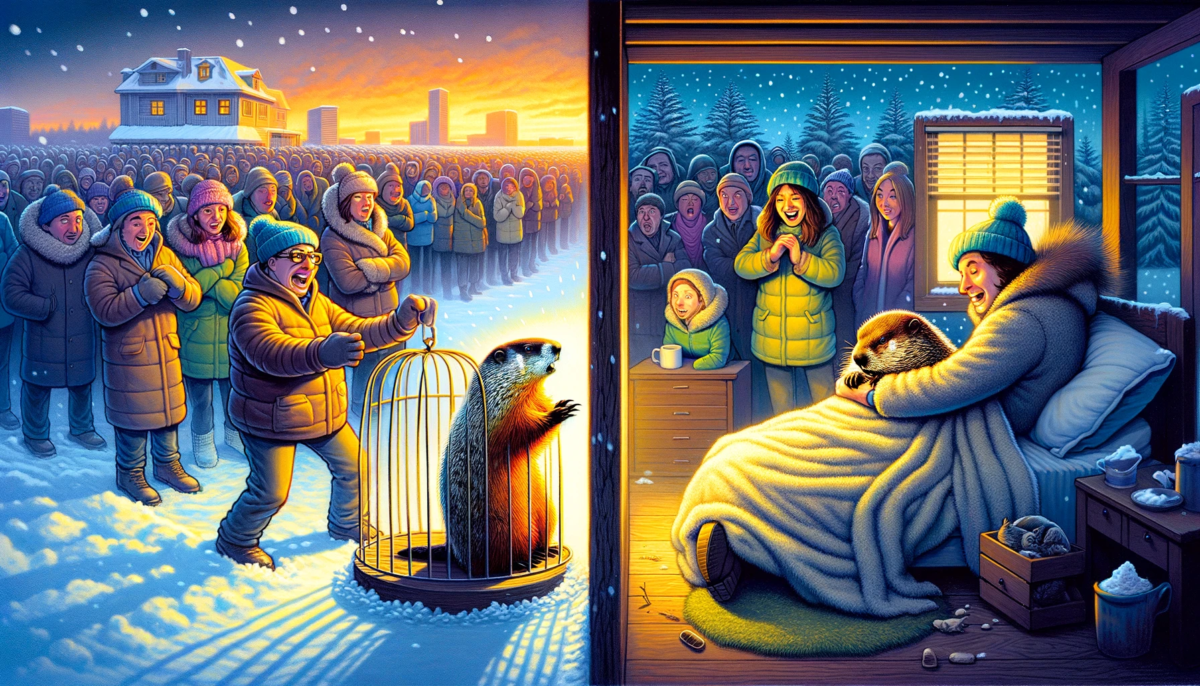

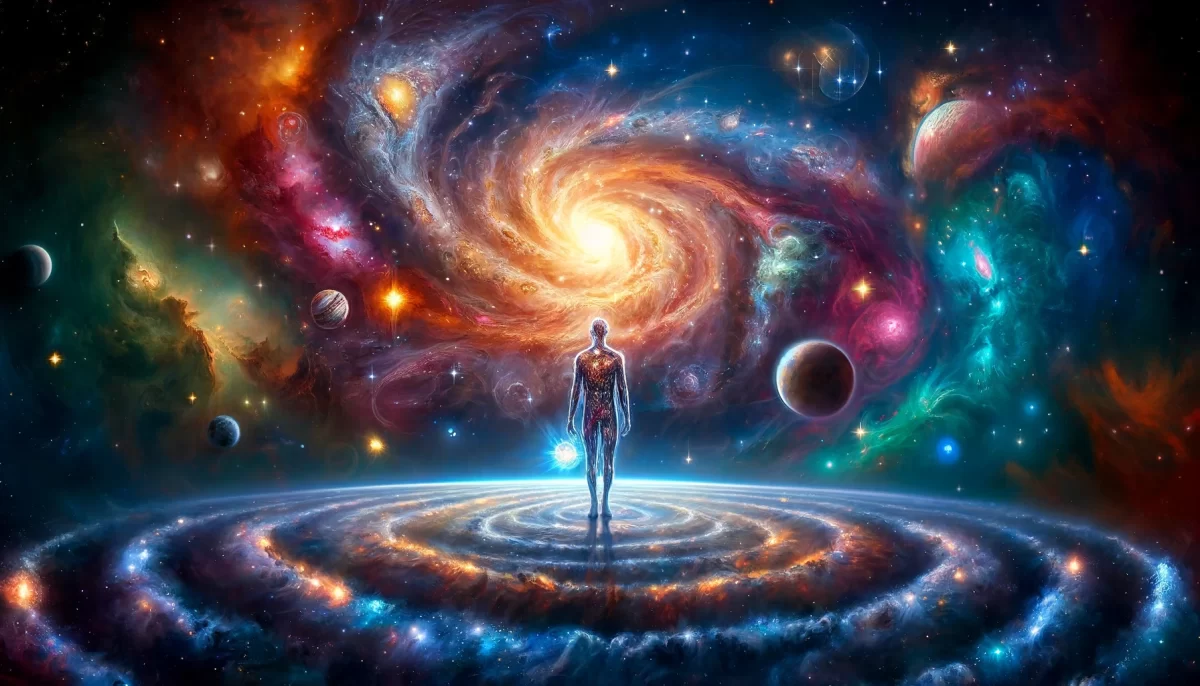
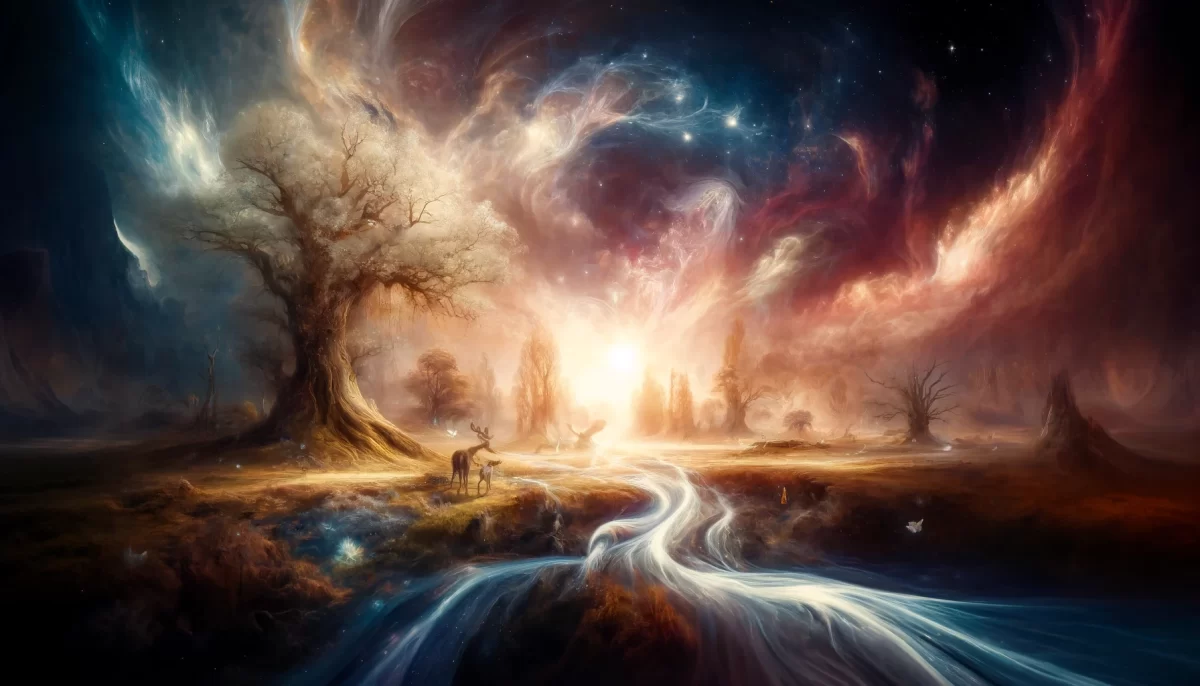
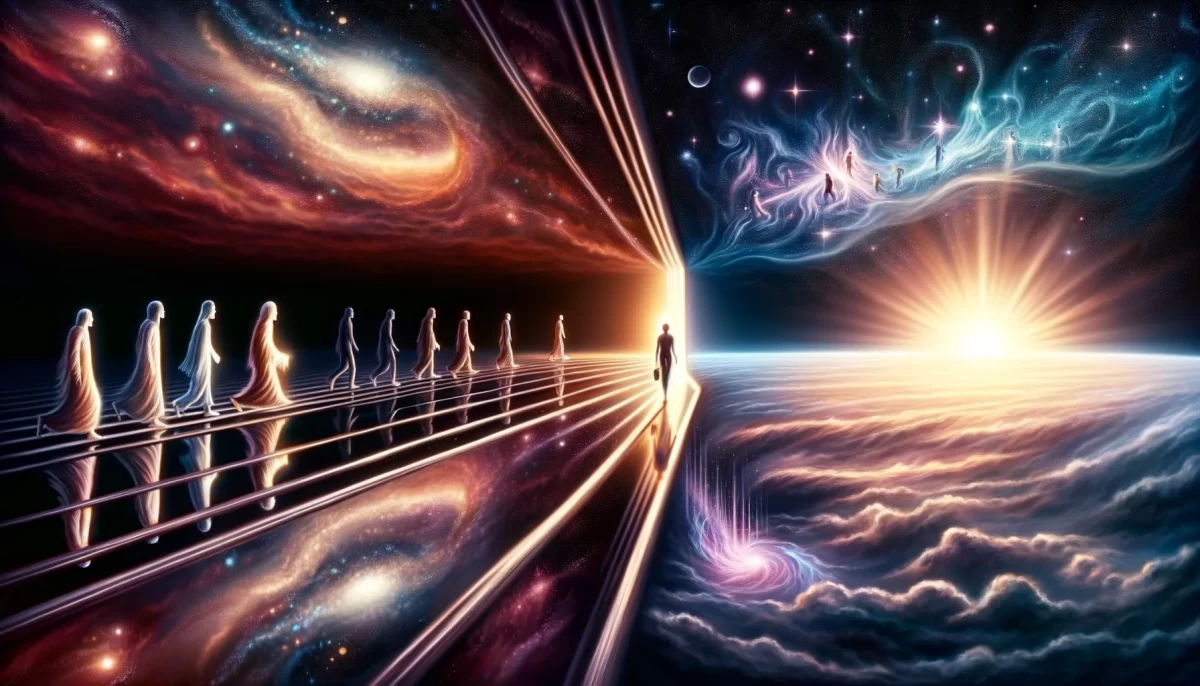
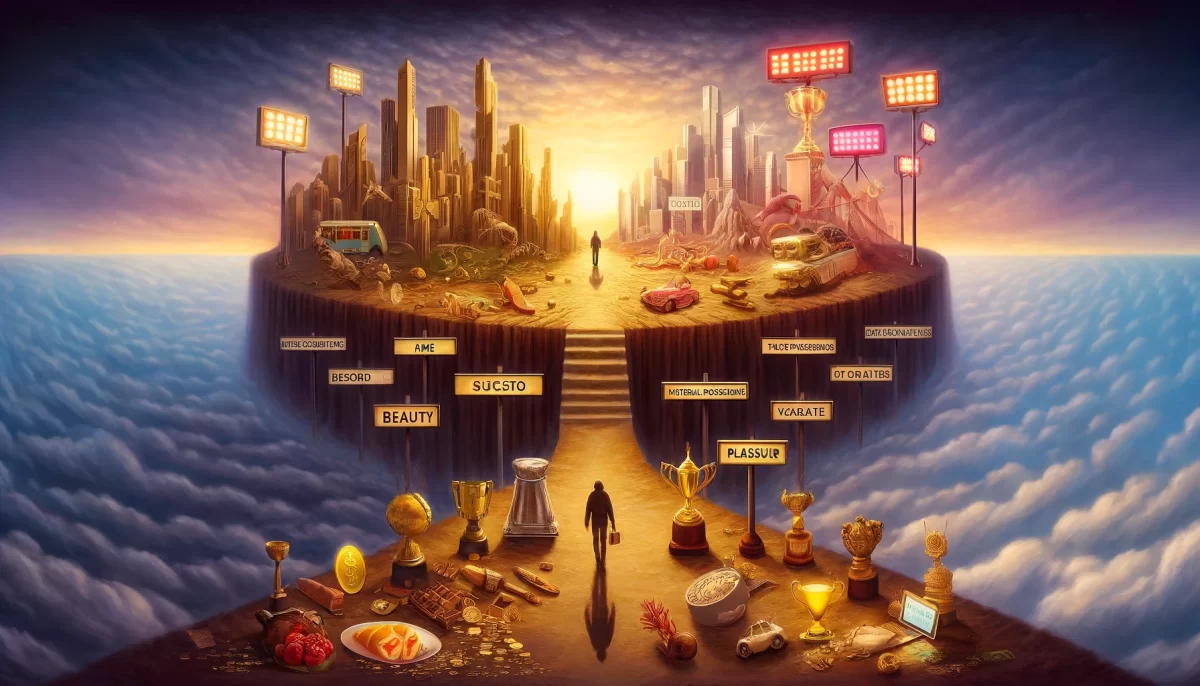
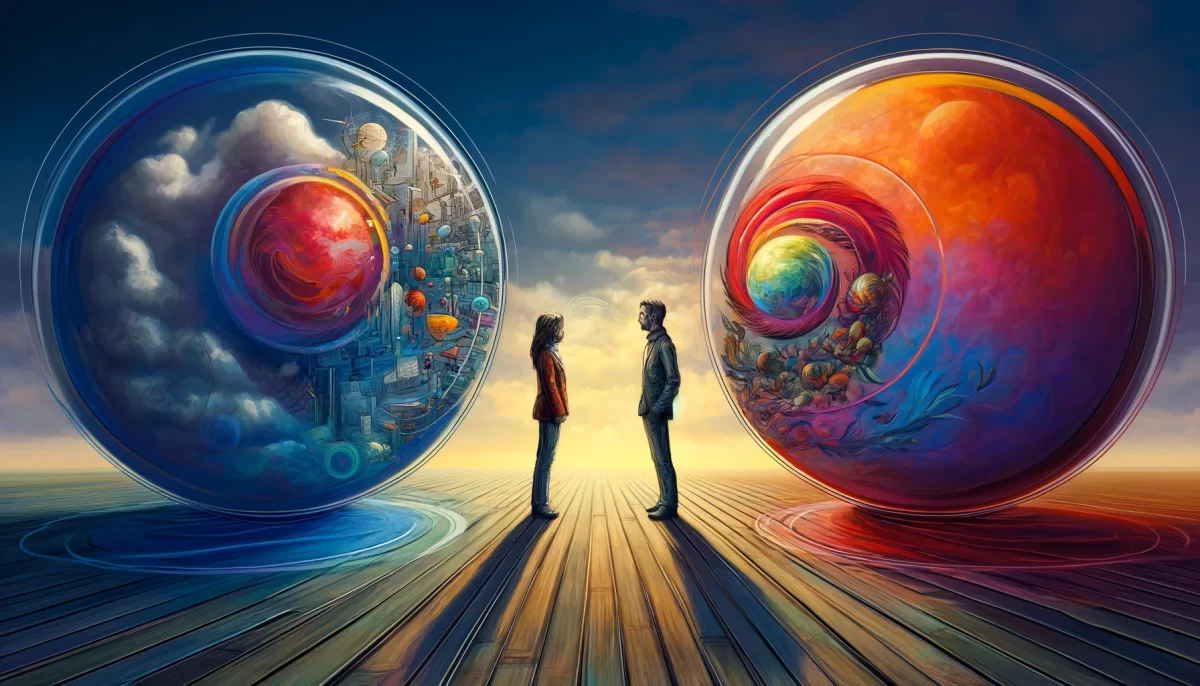

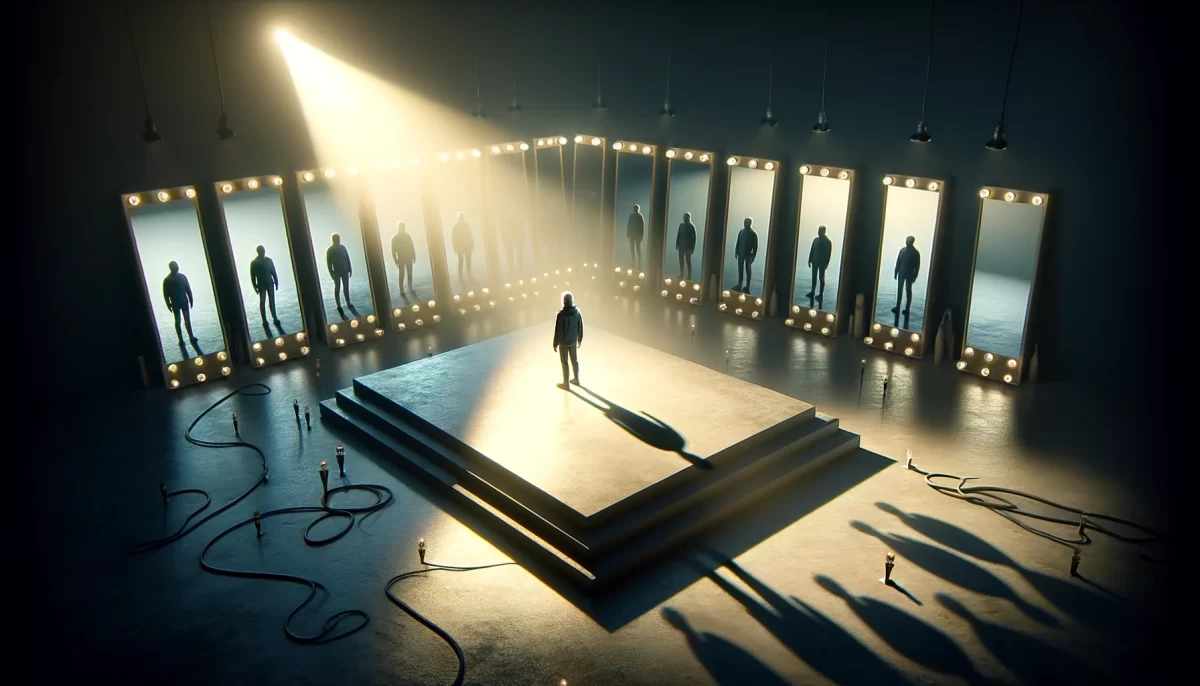
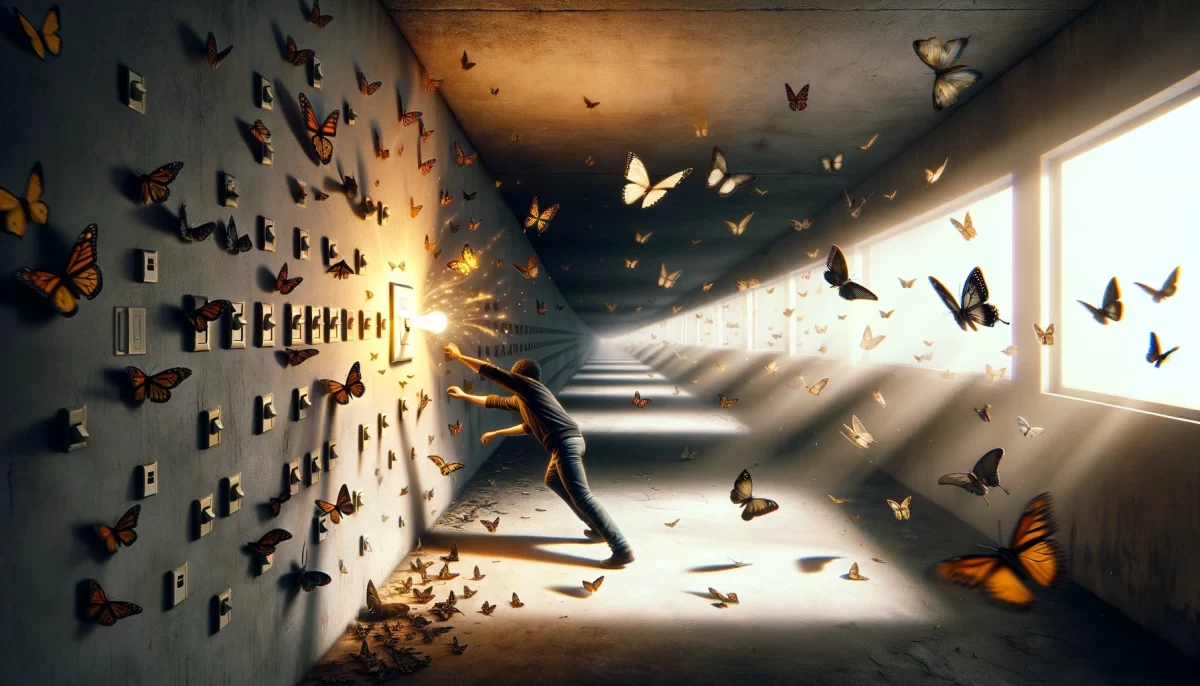

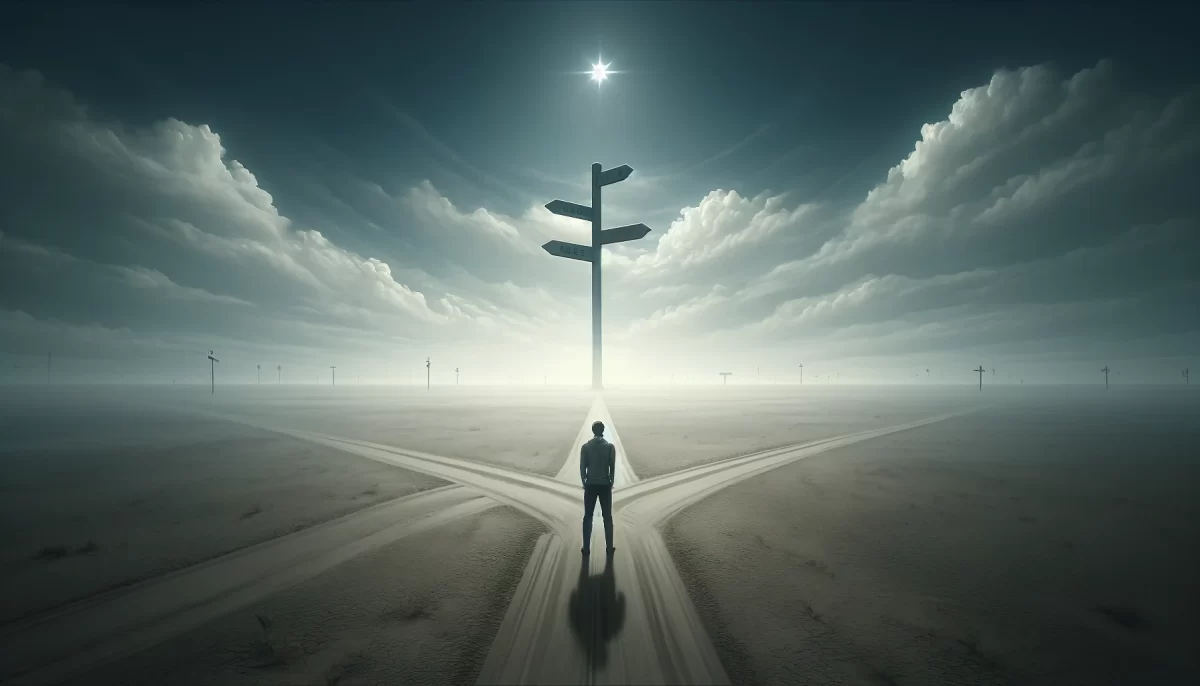
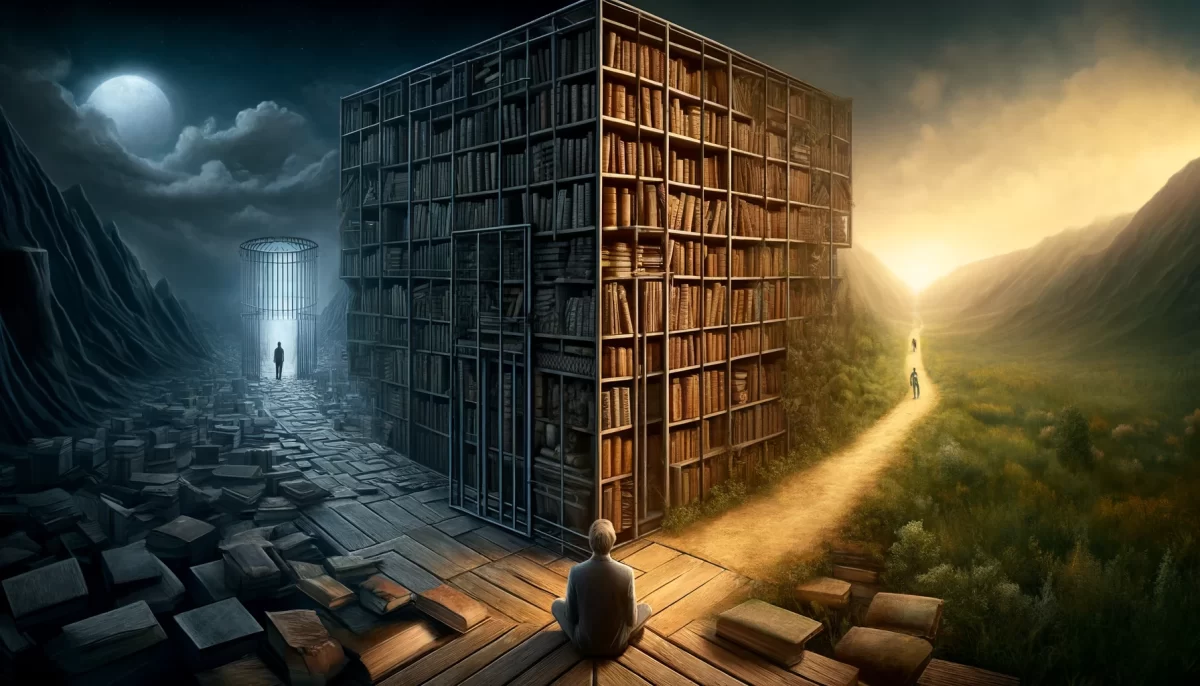
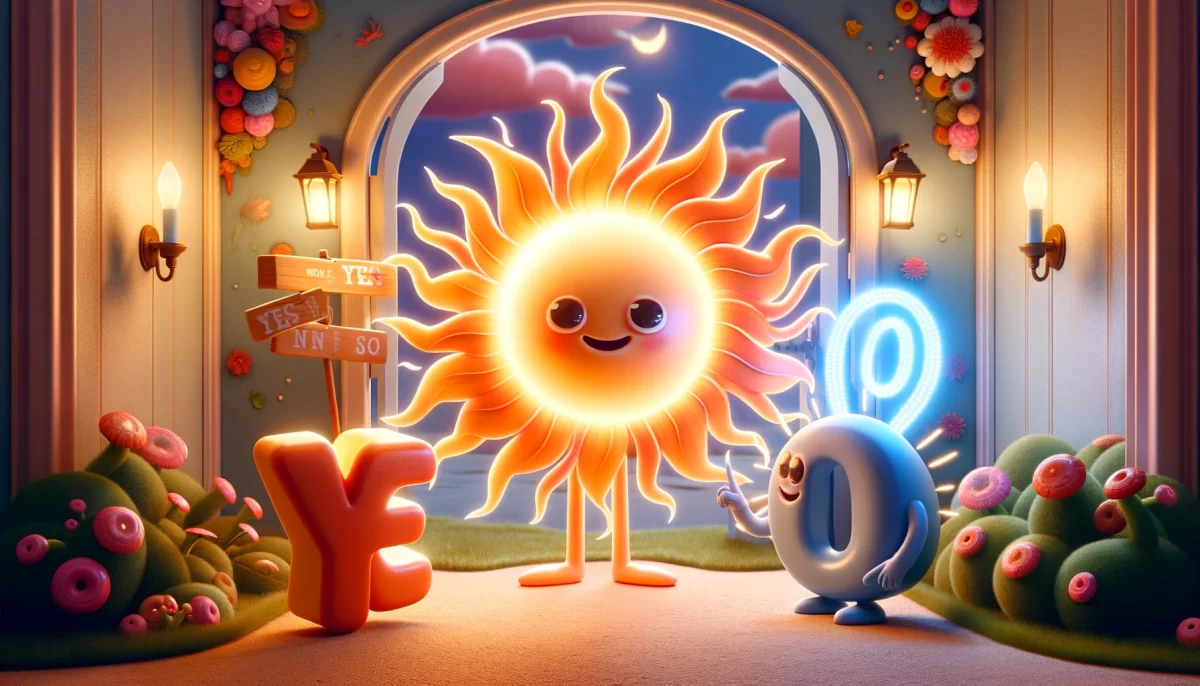

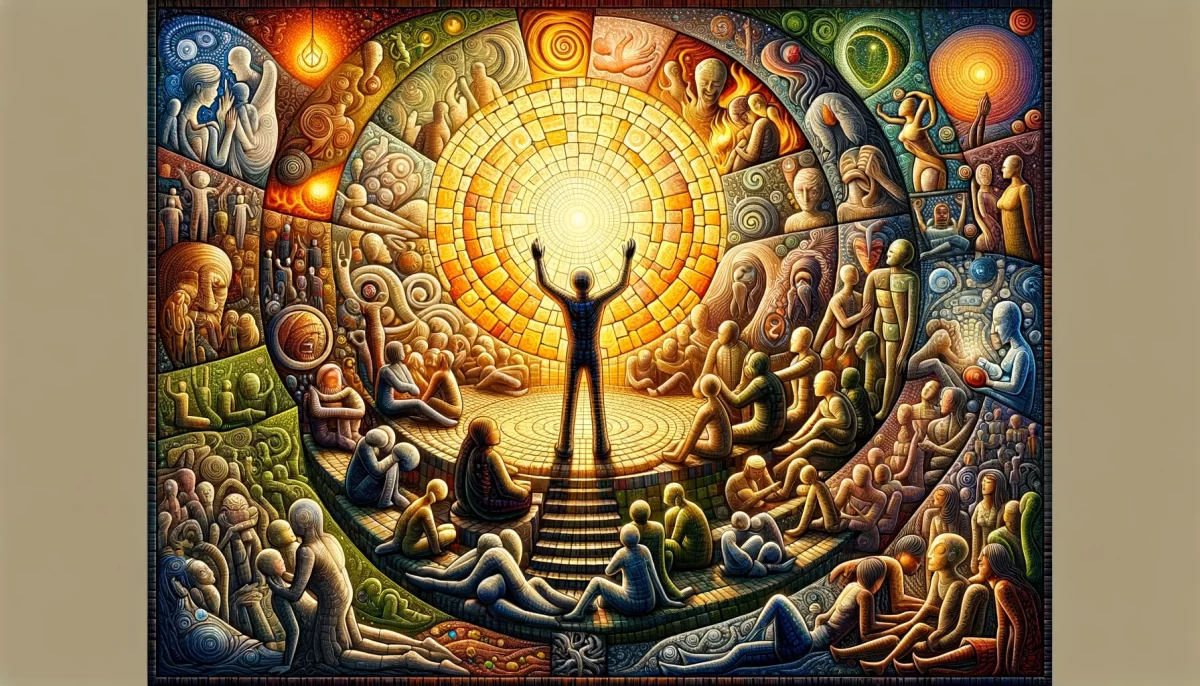
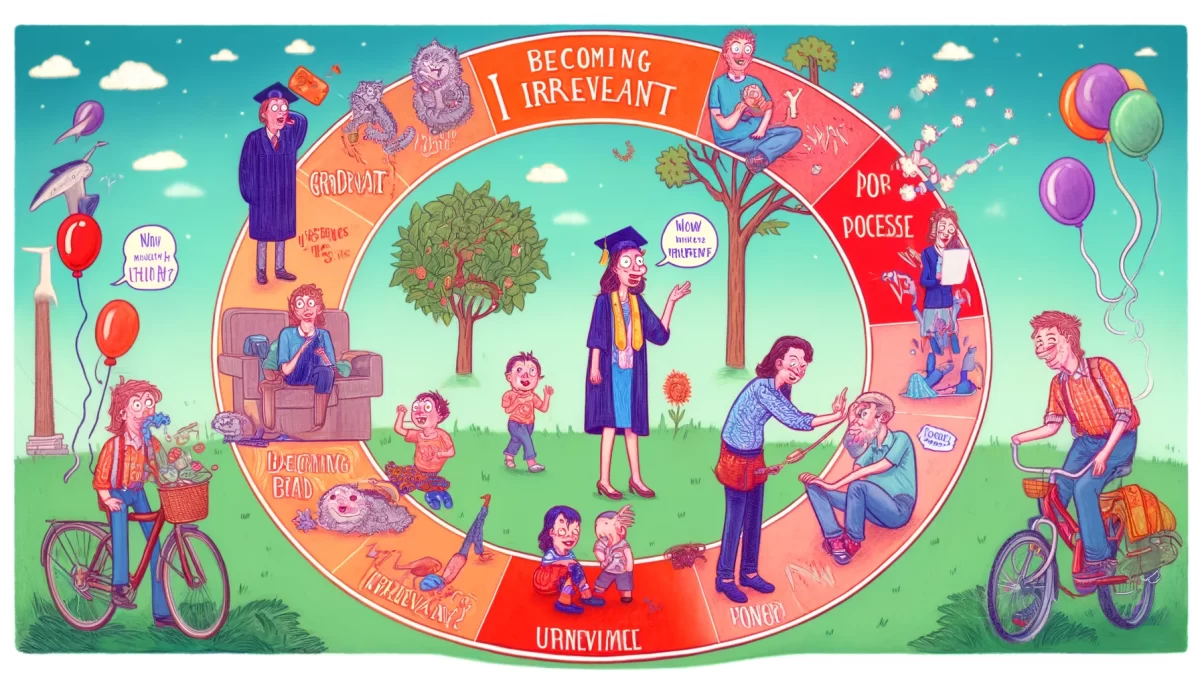
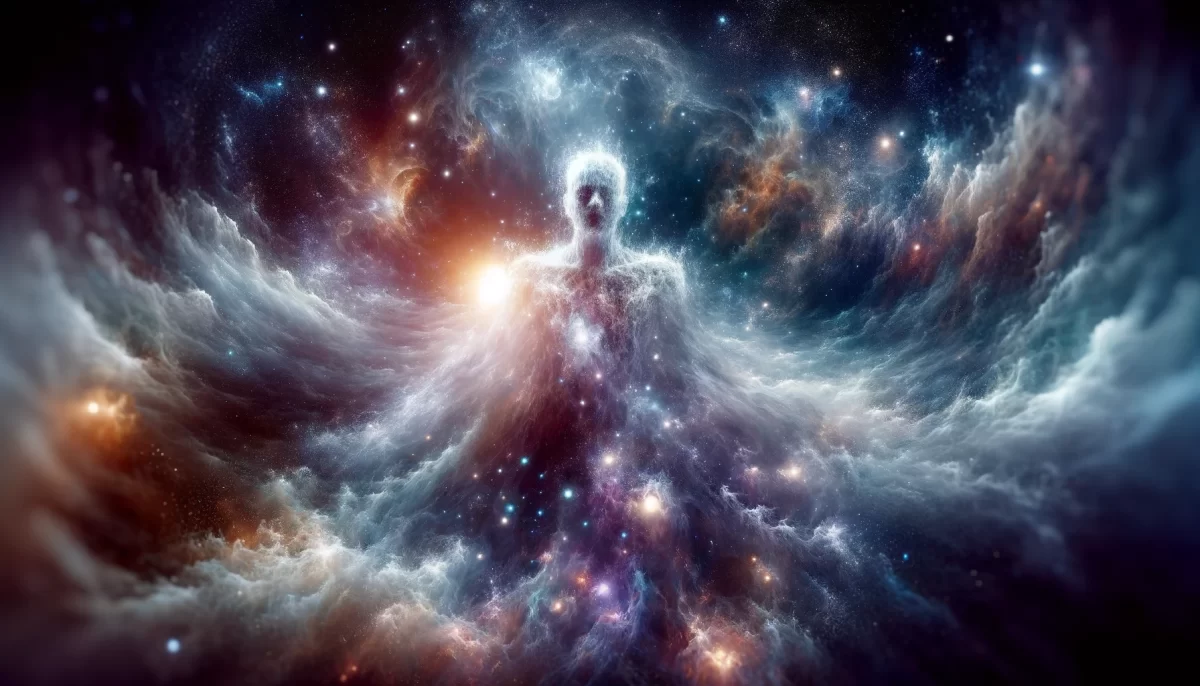
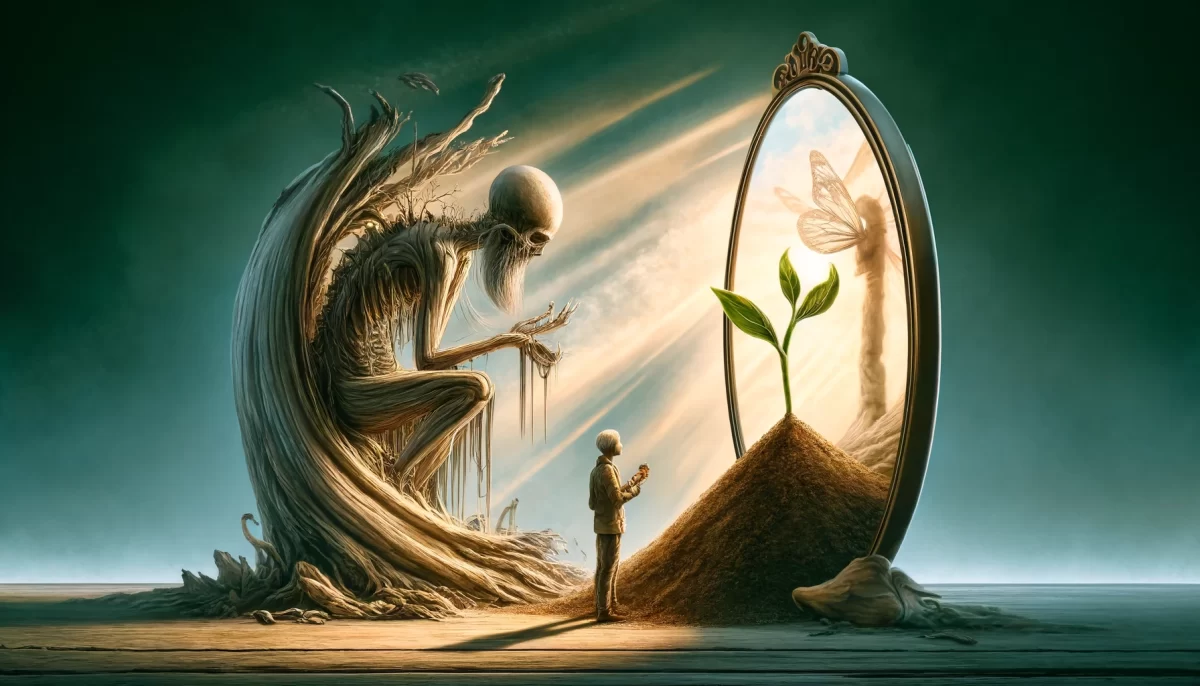
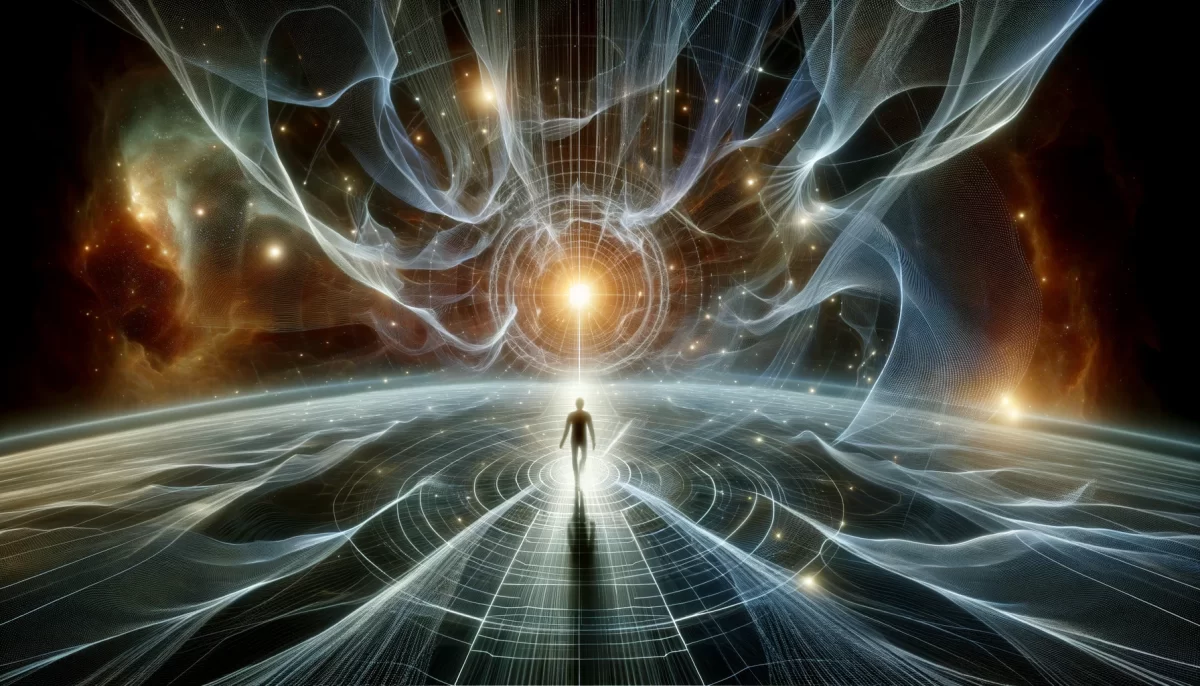

Leave a Reply